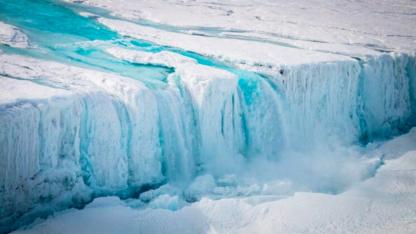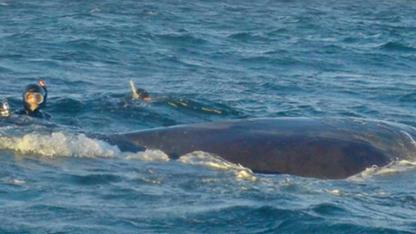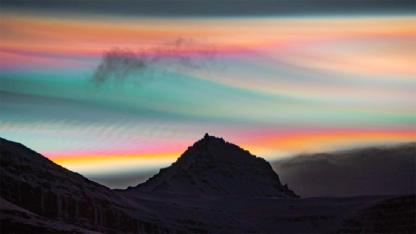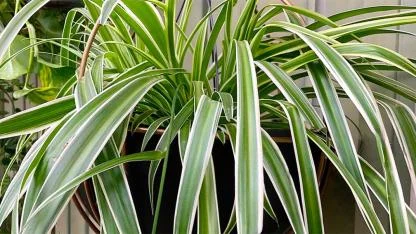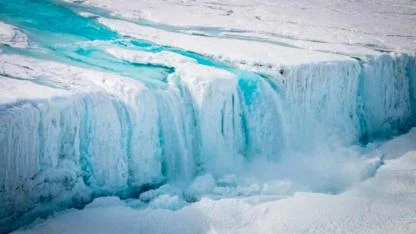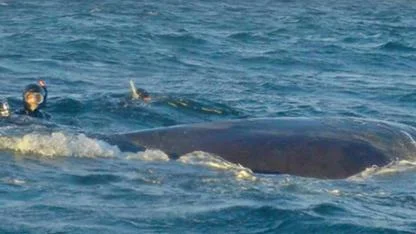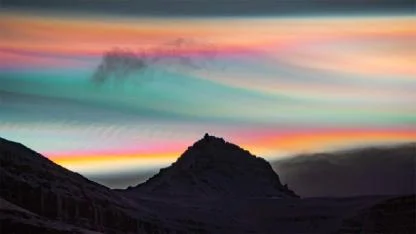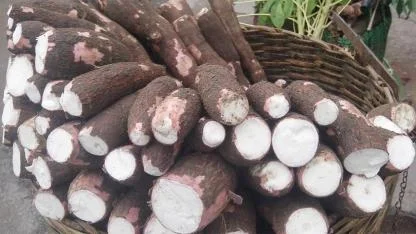The Underwater Geology Of The Hawaii Islands Is Just Astonishing
The Pacific Plate is moving northwestward at a significant rate – several centimeters per year. This constant plate movement over a local volcanic “hot spot,” or plume, has produced a chain of volcanic islands, one after another in assembly-line fashion. They go (really) by the name Hawaii.
Yayınlanma :
12.02.2024 19:32
Güncelleme
: 12.02.2024 19:32
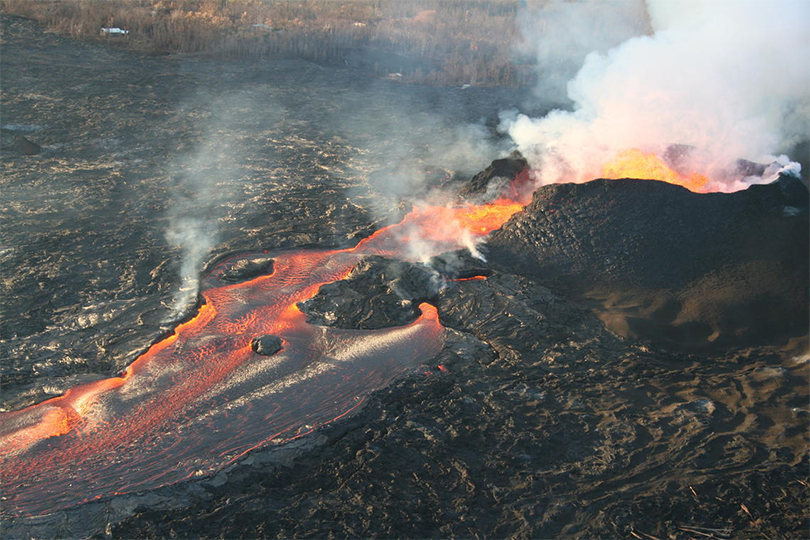

Even though that 6th peak will have to wait to be added to it, the Big Island of Hawai'i seems extremely large compared to its predecessors in the chain. Historically speaking, however, it's not that much bigger after all. Just across the "Alenuihaha Channel" you have the island of Maui and it's largest volcano, Haleakala, the largest dormant volcano in the world. Its highest peak is at 10,023 feet, and its crater stretches approximately 7.5 by 2.5 miles. Still, since most of this mountain lies below the ocean, it seems to be much smaller than the Big Island. Measured from the sea floor, however, Haleakala would rise to a height of nearly 30,000 feet!


